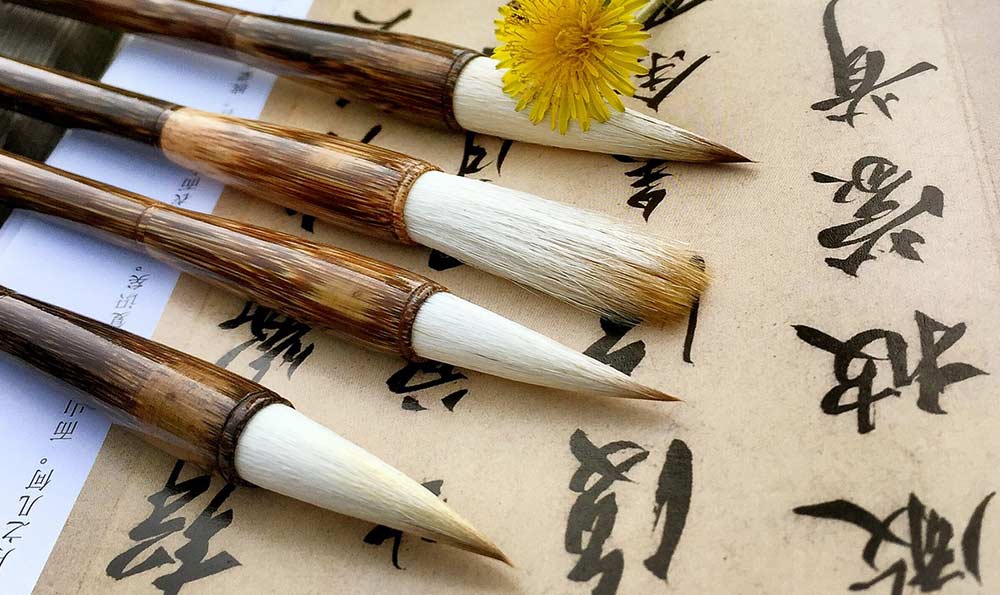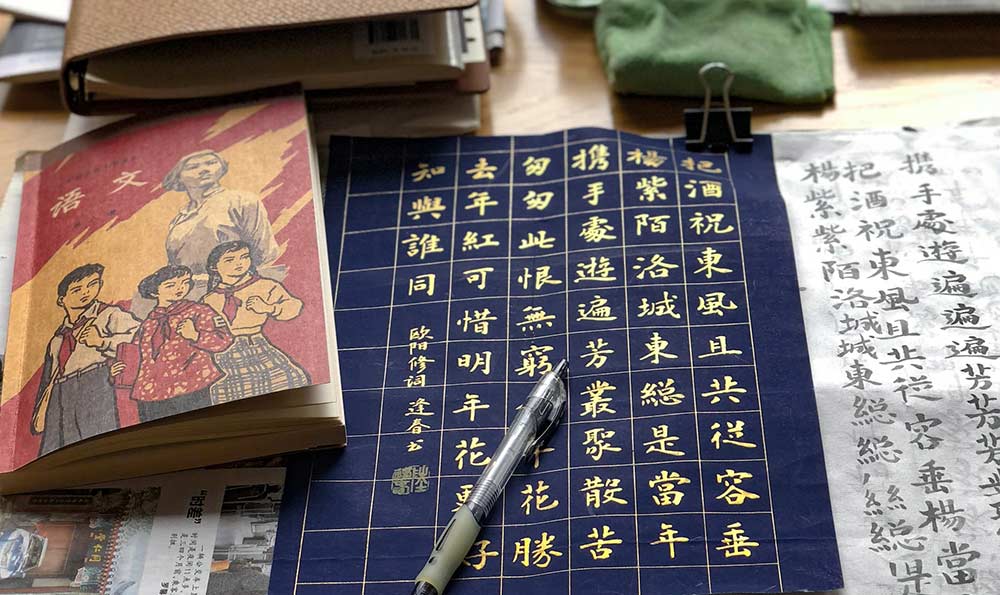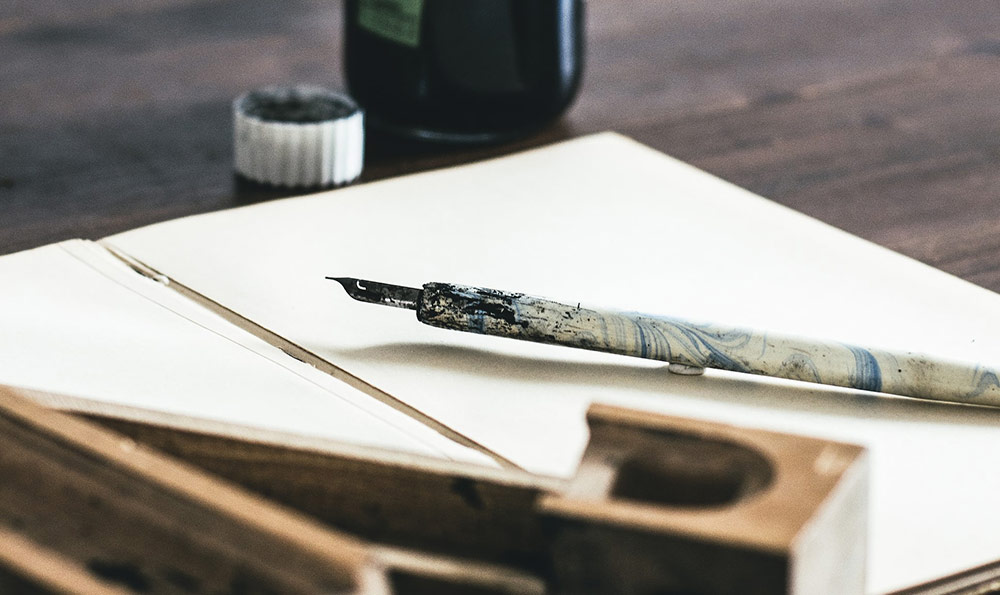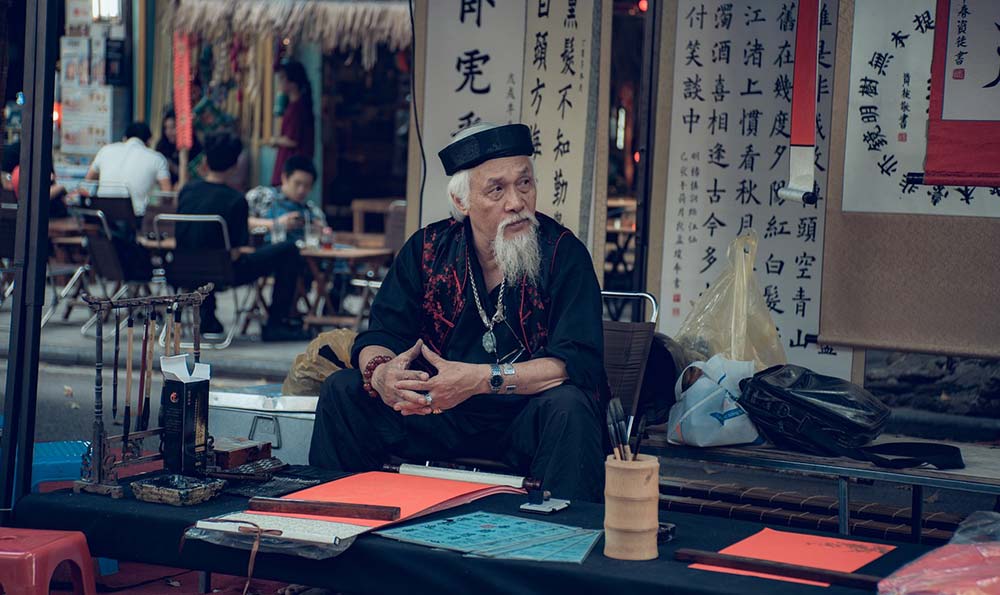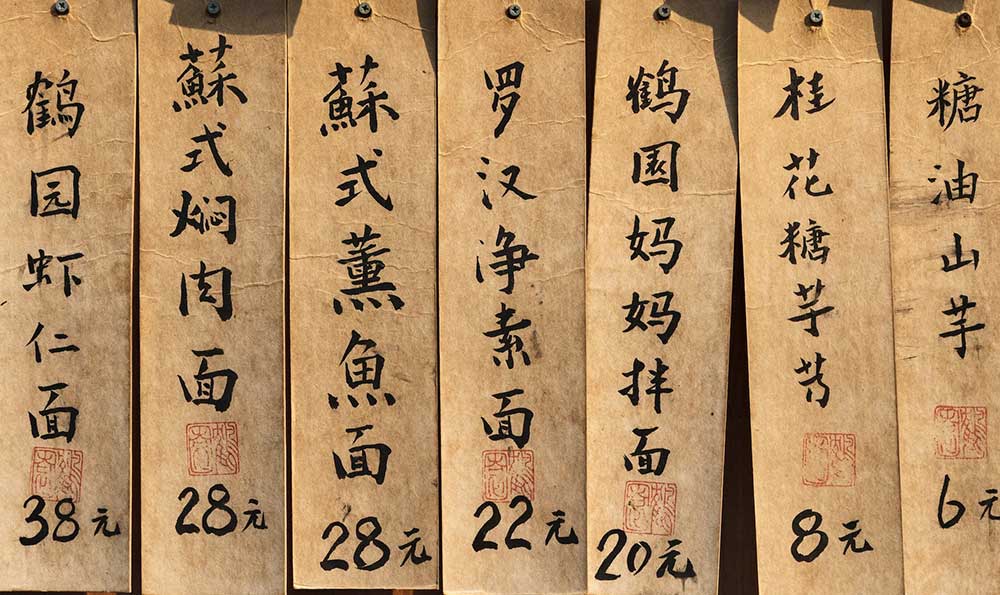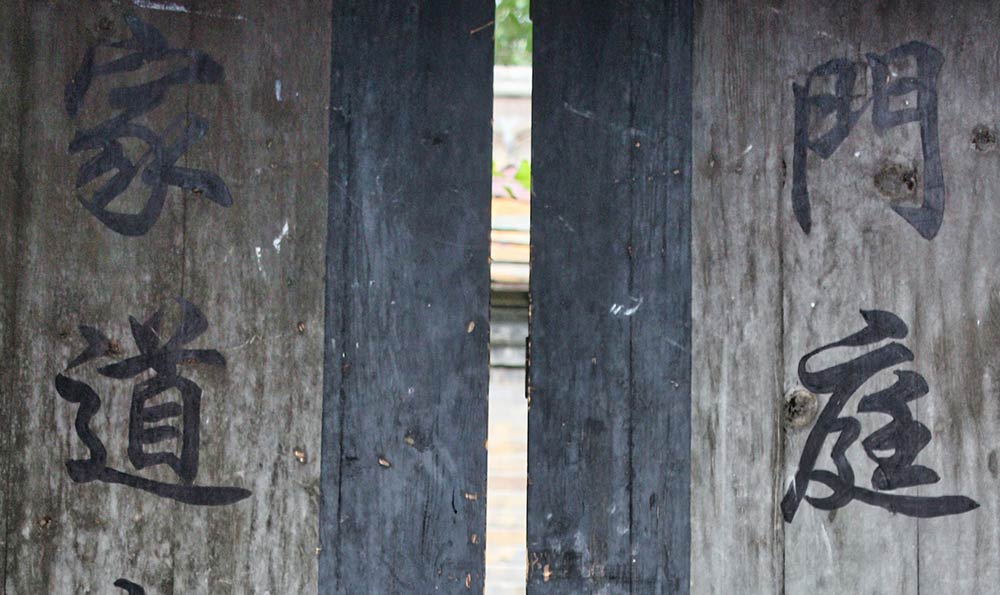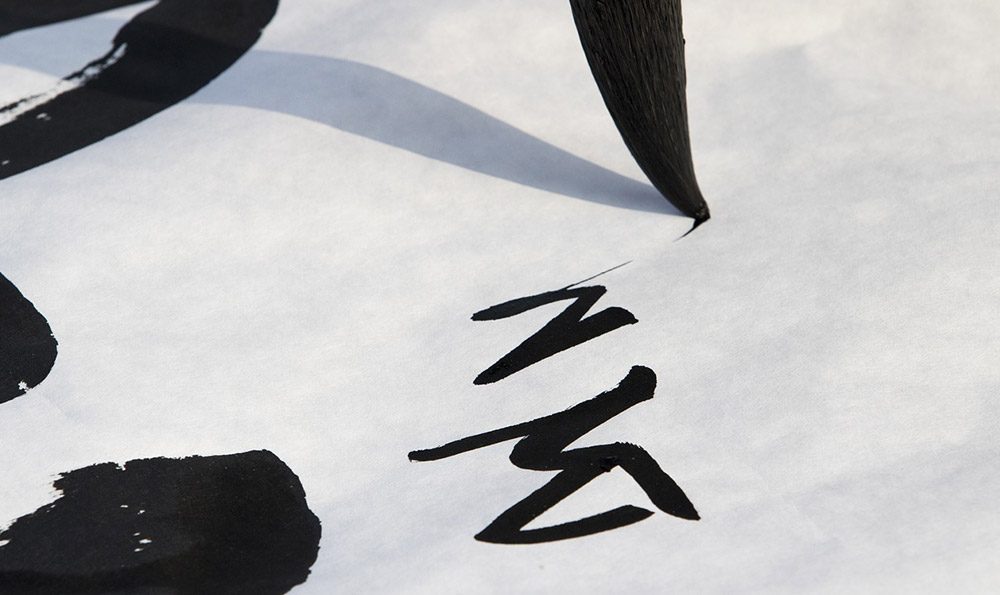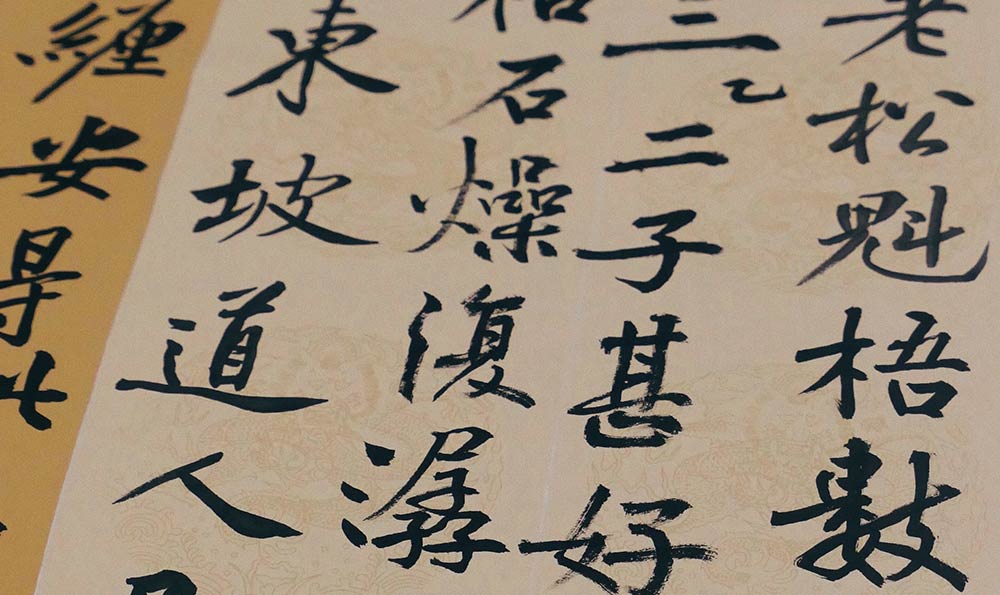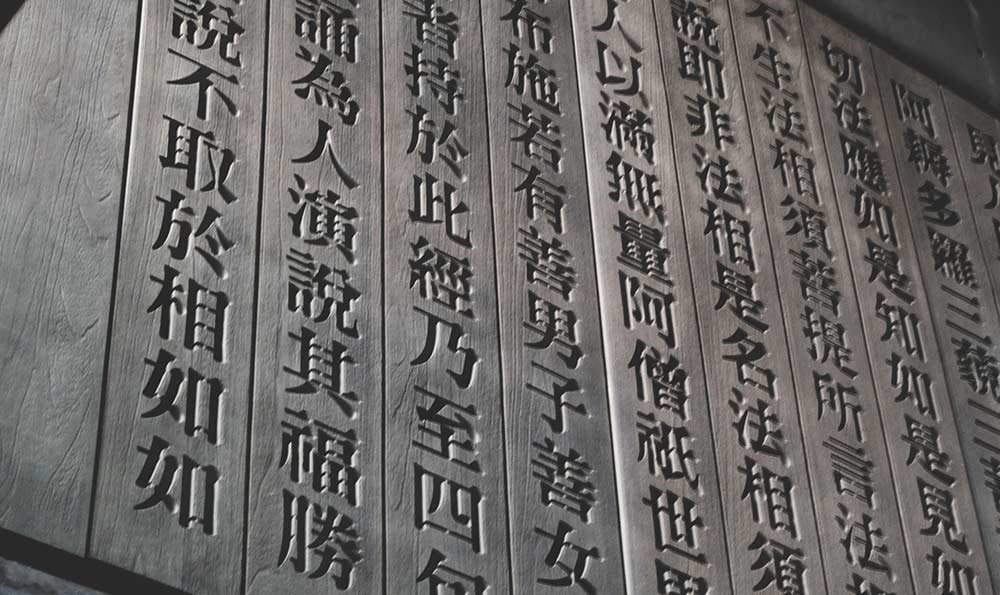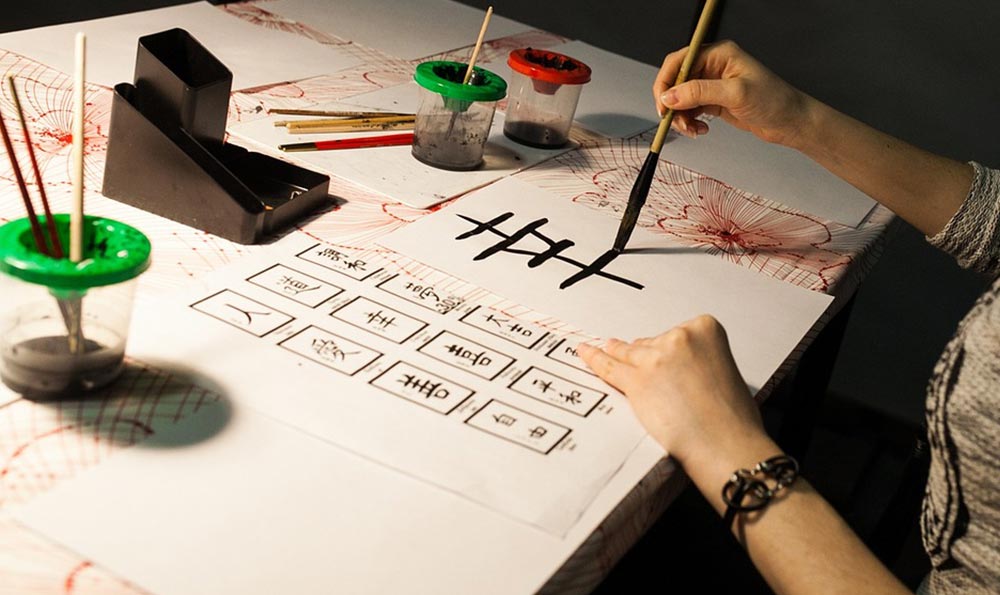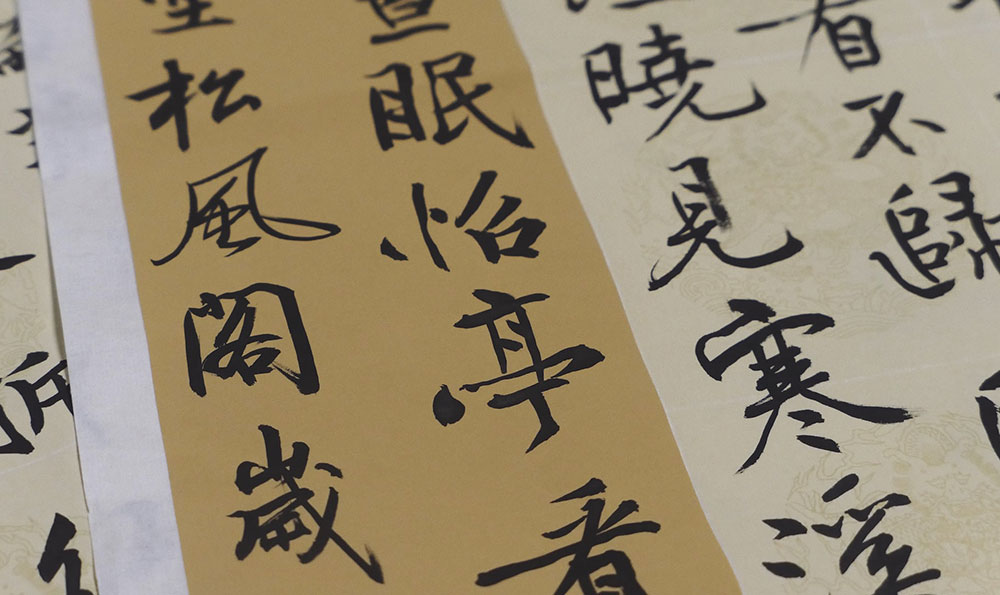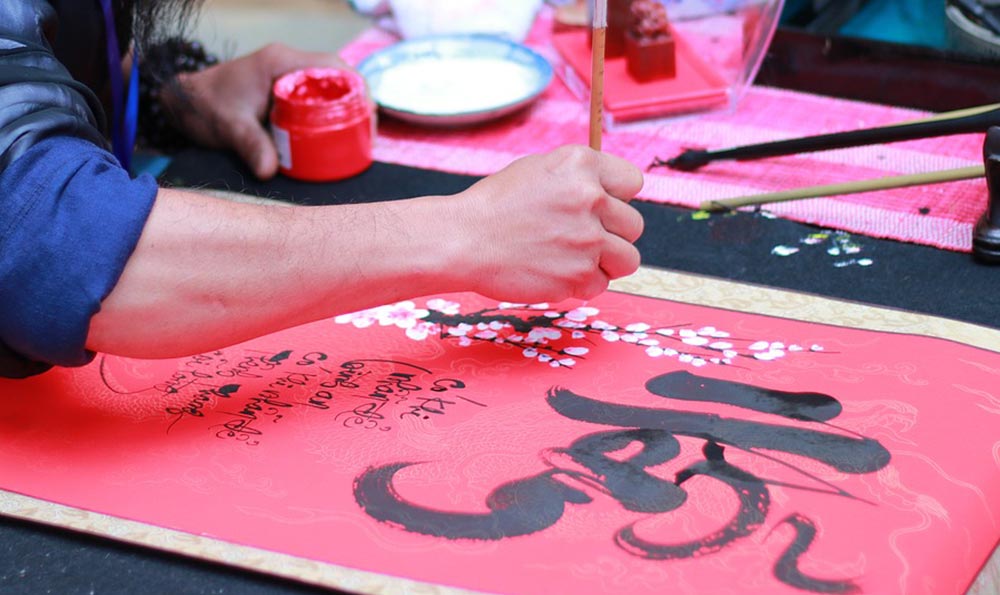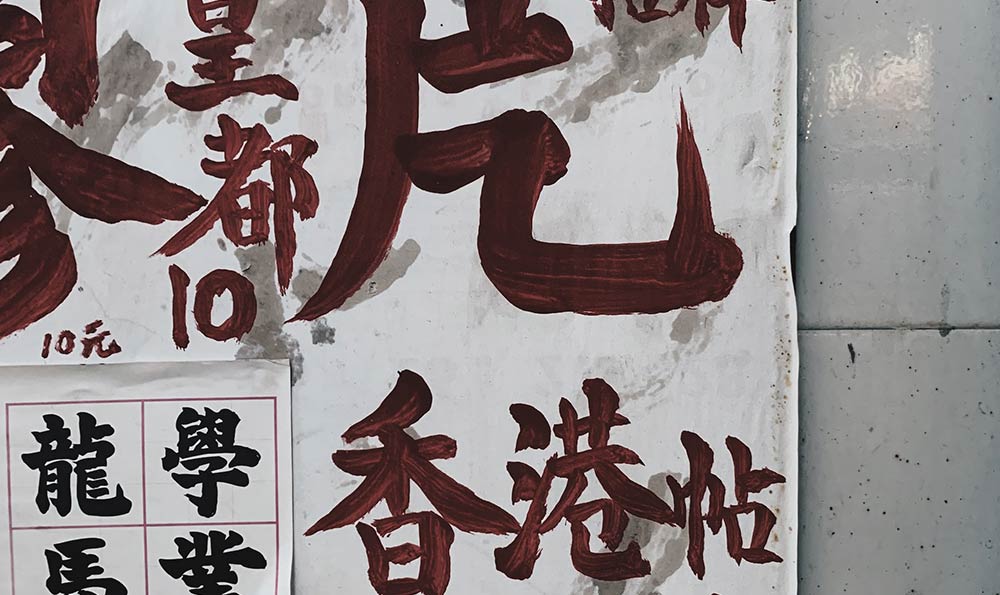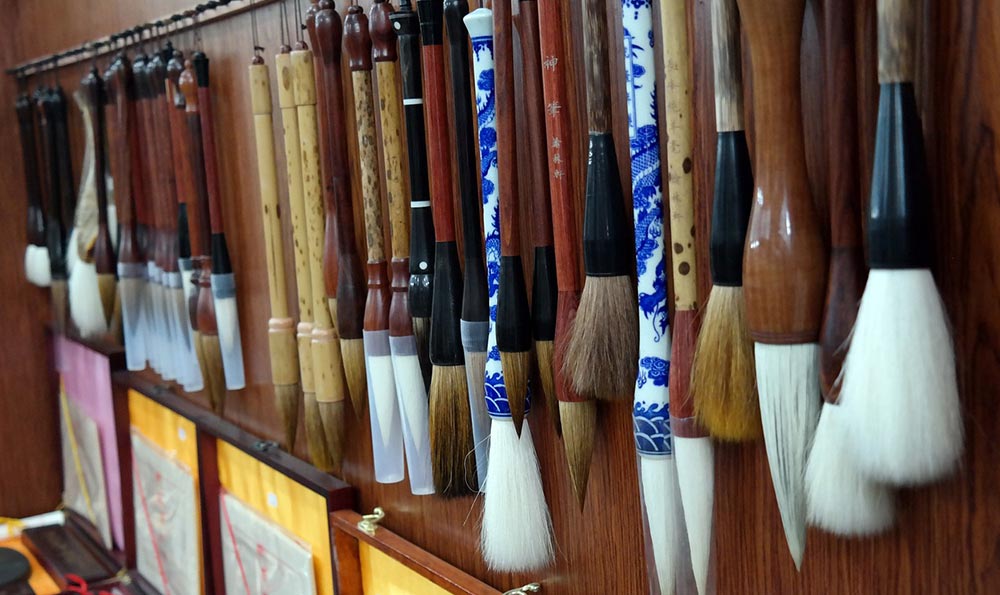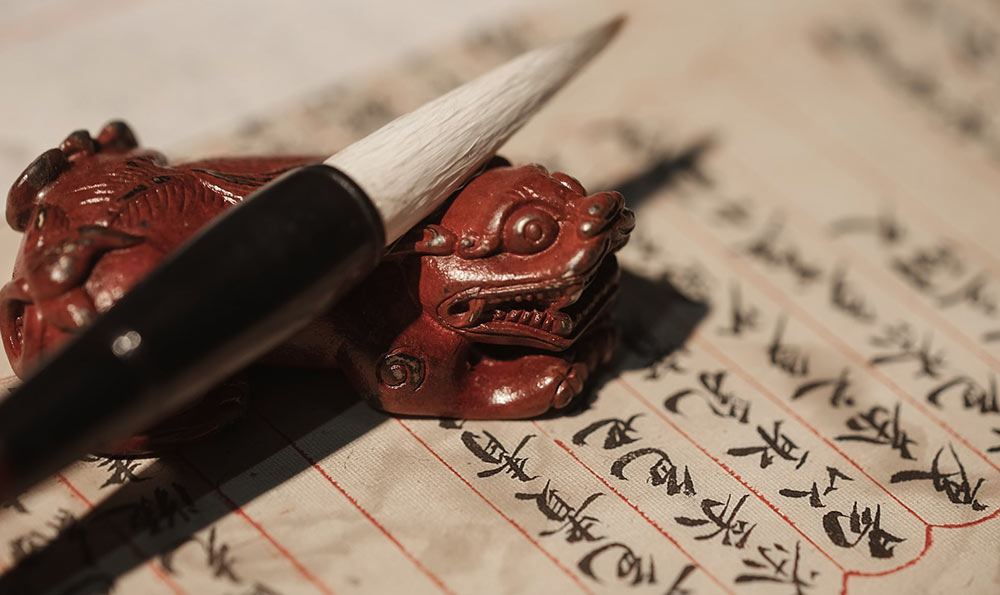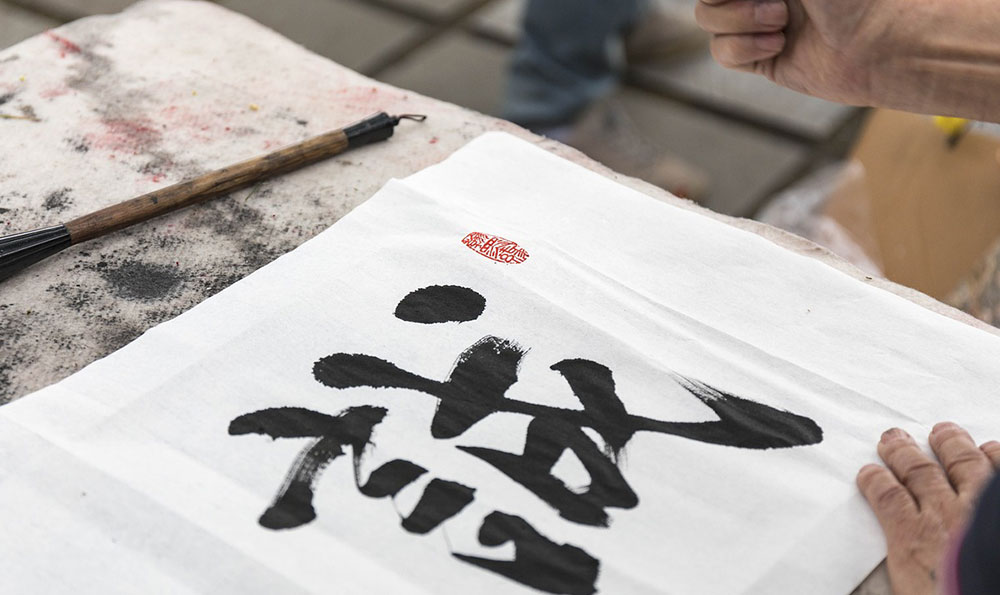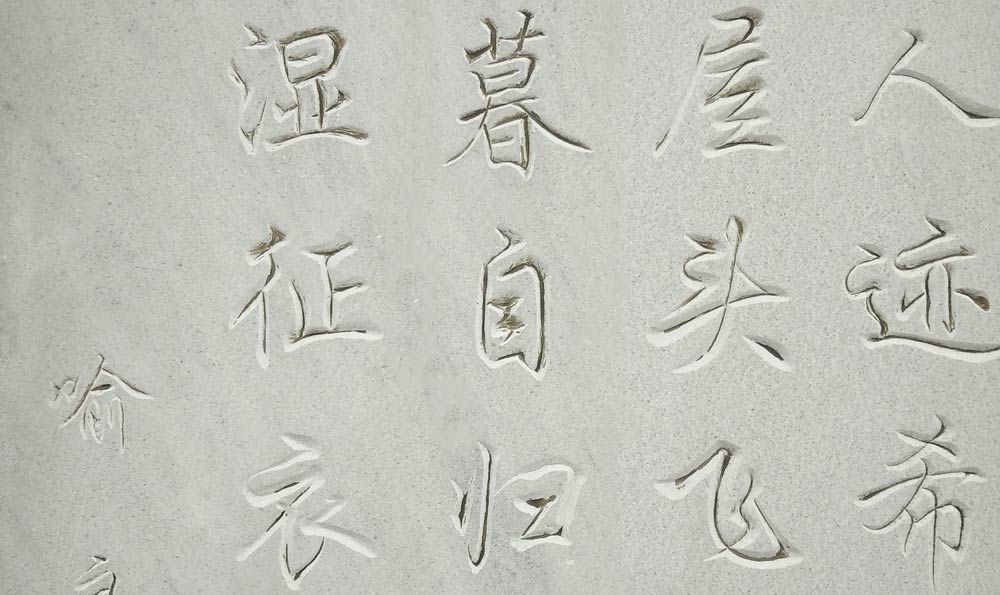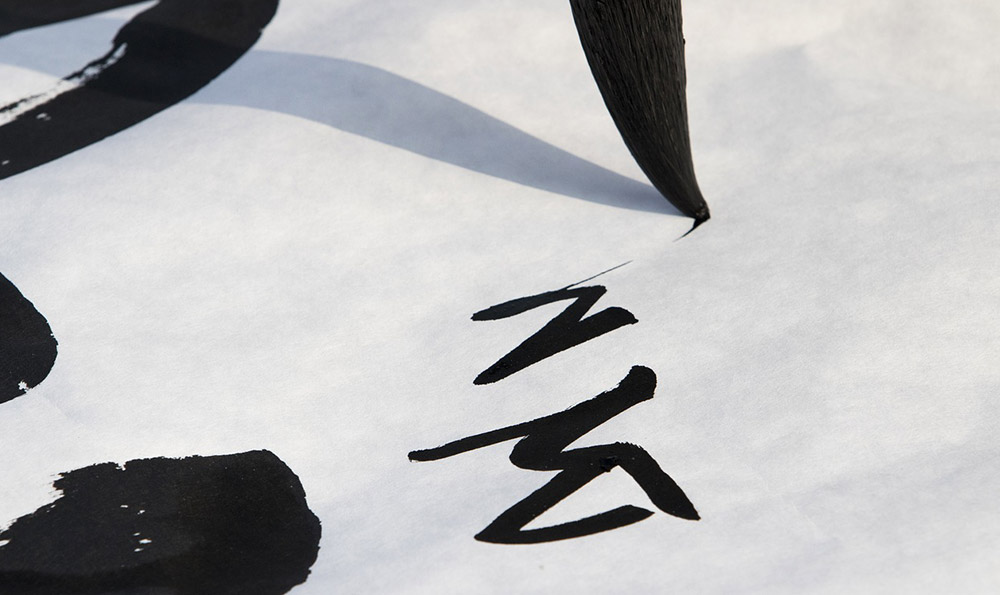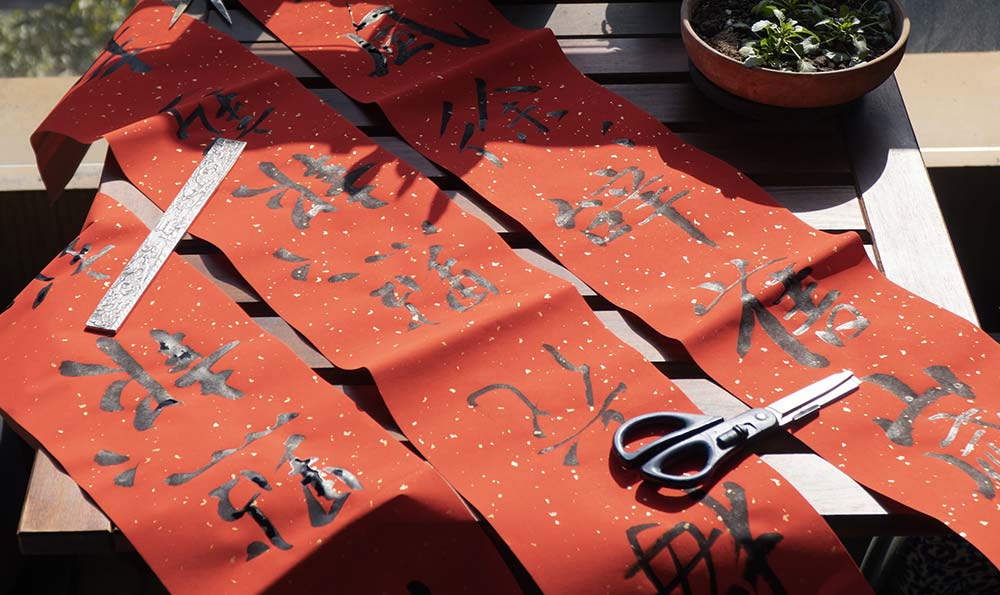
民国时期是中国历史上一个重要的时期,这一时期的文化艺术发展繁荣,包括了传统的绘画艺术。工笔画作为绘画艺术的一种形式,在民国时期得到了许多艺术家的青睐和探索。本文将介绍古画民国时期工笔画的特点和发展情况。
一、工笔画的起源和定义
工笔画起源于古代绘画,它注重细节的描绘和精细的技法。与写意画相对应,工笔画追求细致入微、精密严谨的表现手法。在古代中国绘画中,工笔画是以重彩和描绘华丽细节为特点的一种绘画形式。
二、民国时期工笔画的风格特点
民国时期的工笔画在传统基础上发展出了新的风格和特点。这一时期的工笔画注重写实和细节的描绘,追求艺术作品的质感和观赏价值。民国时期的工笔画也融入了一些西方绘画的影响,形成了独特的风格。
三、民国时期工笔画的题材内容
民国时期的工笔画的题材内容丰富多样,既有传统的人物、山水、花鸟等题材,也有反映时代变迁和社会现象的作品。艺术家们通过他们的作品,表达对社会现实和人生之美的思考和感悟。
四、民国时期工笔画的艺术家代表
民国时期有许多优秀的工笔画艺术家,他们的作品成为了这一时期工笔画的代表。齐白石是一位著名的工笔画家,他的作品以写实细致、色彩鲜艳著称,对后来的工笔画发展产生了重要影响。
五、民国时期工笔画的影响和价值
民国时期的工笔画作为中国传统绘画的延续,对后来的绘画发展产生了重要影响。它在艺术形式和技法上的探索,丰富了传统绘画的表现手法,为后来的艺术家提供了重要的学习和借鉴对象。
六、民国时期工笔画与现代艺术的关系
民国时期的工笔画在中国现代艺术发展中扮演了重要的角色。它既是传统绘画的延续,又在技法和创新上有所突破,为现代艺术的多元发展提供了一定的参考和启示。
民国时期工笔画凭借其独特的风格和技法,成为中国绘画史上的重要一章。它不仅在题材和内容上丰富多样,还在艺术形式和技法上进行了一些创新。通过学习和欣赏这一时期的工笔画作品,我们可以更好地了解和把握中国传统绘画的发展脉络。
工笔画古画背景色怎么调
工笔画是中国传统的绘画形式之一,以细腻的线条和精细的色彩层次著称。古画背景色的调配是工笔画创作过程中非常关键的一部分。本文将以科普的方式介绍工笔画古画背景色的调配方法,并且通过事实、例子和专业术语的运用,使文章内容既有知识性又有趣味性。
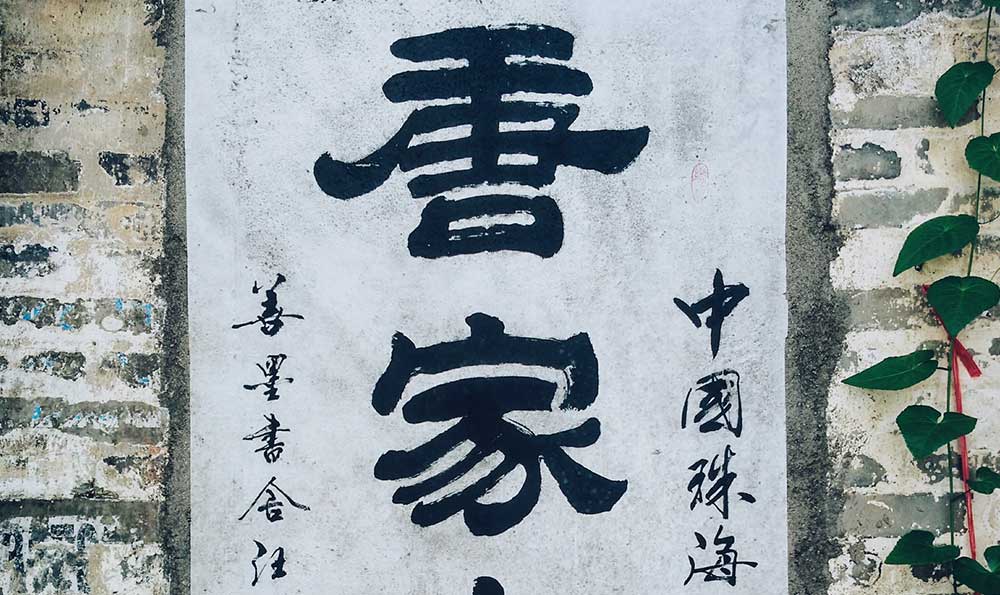
一、背景色的选择
工笔画背景色的选择是决定画面整体效果的重要因素。在古画中,背景色通常是柔和的灰色调,以突出人物或物品的形象。而具体的背景色选择则与画面所要表达的主题有关。描绘山水的工笔画多采用蓝色或绿色作为背景色,以突出自然山水的清新和宁静。
二、背景色的调配方法
在工笔画创作中,背景色的调配通常采用的是将细面颜料与水或其他稀释剂混合的方式。这一混合过程需要严格控制颜料和稀释剂的比例,以获得理想的背景色效果。如果想要调配出灰色调的背景色,可以将黑色和白色颜料按照一定的比例混合,然后适量稀释,直至达到理想的灰色调。
三、背景色的涂抹方法
背景色的涂抹是工笔画创作过程中关键的一步。涂抹背景色需要使用特殊的工具,如毛笔或细细的刷子,以保证色彩的均匀和细腻。在涂抹背景色时,需要注意控制力度和方向,以避免出现色彩不均和笔触不清晰的情况。涂抹过程中还需要考虑背景色与其他物体之间的过渡效果,使画面整体呈现出和谐的色彩效果。
四、背景色的调整和修饰
在工笔画创作中,背景色的调整和修饰是不可或缺的一环。通过调整背景色的明暗和饱和度,可以使画面更加生动、丰满。在山水画中,可以通过增加或减少绿色背景的饱和度和明暗度,凸显出山水画中的植物和地貌特点,使画面更加自然真实。
工笔画古画背景色的调配是工笔画创作过程中至关重要的一步。选择合适的背景色、采用科学的调配方法、合理使用工具和进行适当的调整修饰,可以使画面更加生动、丰满,表达出艺术家想要传达的主题和情感。对于工笔画爱好者来说,掌握背景色调配的方法不仅能够提升创作技巧,还能够增加对工笔画的欣赏和理解。
民国复古工笔画

民国复古工笔画,是指近代中国的一种绘画风格,以工笔细腻、色彩鲜艳、题材典雅为特点。它在20世纪初的民国时期兴盛起来,借鉴了传统绘画的技法与精神,同时融入了时代气息与独特的创新元素。本文将通过定义、分类、举例和比较等方法,深入阐述民国复古工笔画的相关知识。
一、定义
民国复古工笔画是一种代表着近代中国艺术发展的绘画形式。它通过细致入微的绘画技巧,准确地描绘了人物、山水、花鸟等传统题材,同时表达了民国时期社会文化与时代精神的特征。
二、分类
1. 人物画:民国复古工笔画中最常见的题材之一。它以描绘历史人物、文人雅士、民间人物为主,通过人物形象的表现来展现其时代背景和个性特征。
举例:
以民国画家徐悲鸿的作品《鸡毛信》为例,他通过运用工笔画的技法,绘制了一幅充满民国时代氛围的人物画。画中的人物形象栩栩如生,细腻入微地展现了人物的神态、动作和服装细节,给人以强烈的艺术感染力。
2. 山水画:民国复古工笔画中另一重要的题材。它以山水风景的描绘为主,通过技法的运用和色彩的搭配,表现出山水之间的意境和情感。
举例:
著名画家齐白石的作品《竹石图》是一幅典型的民国复古工笔山水画。他以工笔细腻的线条和色彩的运用,刻画出了山石的立体感和竹林的清新气息,给人以恬静悠远之感。
三、比较
民国复古工笔画与传统工笔画相比,更注重表达时代气息和现实主题。它不仅保留了传统绘画的技法,还吸取了西方绘画的观念和艺术手法,增加了绘画的多样性和表现力。
举例:
与清代工笔画相比,民国复古工笔画在题材和表现方式上更加多样化。清代工笔画多以宫廷生活、文人雅士为题材,注重于绘画的精致与细腻;而民国复古工笔画则更关注社会现实,以人物、山水等多种题材来展示民国时期的社会风貌和人文精神。
通过对民国复古工笔画的定义、分类、举例和比较的阐述,我们可以更加深入地了解这一绘画形式的特点和价值。民国复古工笔画以其独特的风格和时代背景成为中国近代艺术的重要组成部分,展现了近代中国在绘画领域的创新和追求。期待这种艺术形式继续传承和发展,为我们带来更多的艺术欣赏与思考的空间。
Republic of China retro meticulous painting
Introduction:
Republic of China retro meticulous painting refers to a modern Chinese painting style characterized by meticulous brushwork, vibrant colors, and elegant themes. It flourished during the early 20th century in the Republic of China period, drawing inspiration from traditional painting techniques and incorporating contemporary elements. This article aims to explore the knowledge related to Republic of China retro meticulous painting by employing methods such as definition, classification, examples, and comparisons.
Body:
I. Definition
Republic of China retro meticulous painting represents a form of art that emerged during the modernization of China. It accurately depicts traditional subjects such as figures, landscapes, flowers, and birds using meticulous brushwork, while also expressing the characteristics of the social and cultural aspects of the Republic of China era.
II. Classification
1. Figure painting: One of the most common themes in Republic of China retro meticulous painting. It primarily depicts historical figures, literati, and ordinary people, portraying their era and individual characteristics.
Example:
The painting "Chicken Feather Letter" by Xu Beihong, a renowned Republic of China painter, exemplifies figure painting in the style of retro meticulous painting. Through the meticulous brushwork, the artist brings to life the figures with intricate details, capturing their expressions, movements, and clothing, thus evoking a strong artistic resonance.
2. Landscape painting: Another important theme in Republic of China retro meticulous painting. It focuses on depicting landscapes, portraying the ambiance and emotions through the use of techniques and color combinations.
Example:
"Zhu Shi Tu," a famous landscape painting by Qi Baishi, epitomizes the typical Republic of China retro meticulous landscape painting. Using meticulous brushwork and a vibrant color palette, the artist creates a vivid portrayal of the rocks and bamboo, evoking a serene and tranquil atmosphere.
III. Comparison
Compared to traditional meticulous painting, Republic of China retro meticulous painting places greater emphasis on expressing the spirit of the era and contemporary themes. It not only retains the technical skills of traditional painting but also incorporates Western painting concepts and techniques, diversifying the style and expressive capacity of the art form.
Example:
Compared to meticulous painting from the Qing dynasty, Republic of China retro meticulous painting offers a wider range of themes and artistic expressions. Traditional meticulous painting of the Qing dynasty focused on palace life and literati, prioritizing exquisite and delicate brushwork. In contrast, Republic of China retro meticulous painting highlights social realities, portraying a variety of subjects such as figures and landscapes to showcase the social atmosphere and humanistic spirit of the Republic of China era.
Conclusion:
Through the exploration of Republic of China retro meticulous painting's definition, classification, examples, and comparisons, a deeper understanding of its characteristics and value can be attained. As an essential part of modern Chinese art, Republic of China retro meticulous painting exhibits the innovation and pursuit of the era, combining a unique style with historical context. It is hoped that this art form will continue to be inherited and developed, providing us with more opportunities for artistic appreciation and contemplation.

